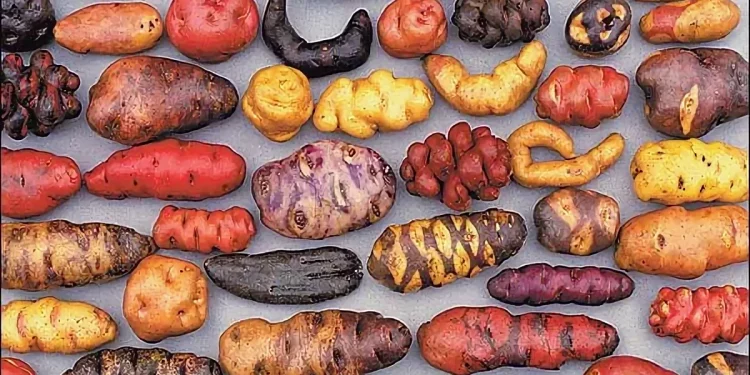Potatoes are one of the most important crops in the world and have played a significant role in the history of agriculture. The cultivation of potatoes began thousands of years ago in the Andes mountains of South America, where indigenous people first domesticated the crop. From there, the potato spread throughout the world and is now a staple food in many countries.
In the 16th century, Spanish conquistadors brought potatoes to Europe, where they were initially used as animal feed. However, people eventually began to realize their nutritional value and started to cultivate them as a food crop. By the 18th century, potatoes had become a major crop in Europe and were a key factor in the population growth of many countries.
In the 19th century, potato cultivation spread to North America, where it became an important crop in the United States and Canada. Today, potatoes are grown in nearly every country in the world, with China and India being the largest producers.
Potatoes are typically grown in areas with cool climates and well-drained soil. They require a lot of water, but too much water can lead to disease and rot. Potatoes are typically planted in the spring and harvested in the fall, although the exact timing depends on the variety and climate.
There are many different varieties of potatoes, each with its own unique characteristics. Some are better for frying, while others are better for mashing or baking. In recent years, there has been a renewed interest in heirloom varieties, which are older, traditional varieties that have been largely replaced by newer, more uniform cultivars.
Potatoes are an important source of nutrition for millions of people around the world. They are rich in vitamins, minerals, and fiber, and are a good source of energy. However, they can also be high in calories, especially if they are prepared with added fats or oils.
Overall, potato cultivation has a long and fascinating history, and the crop continues to be an important part of the global food supply.

